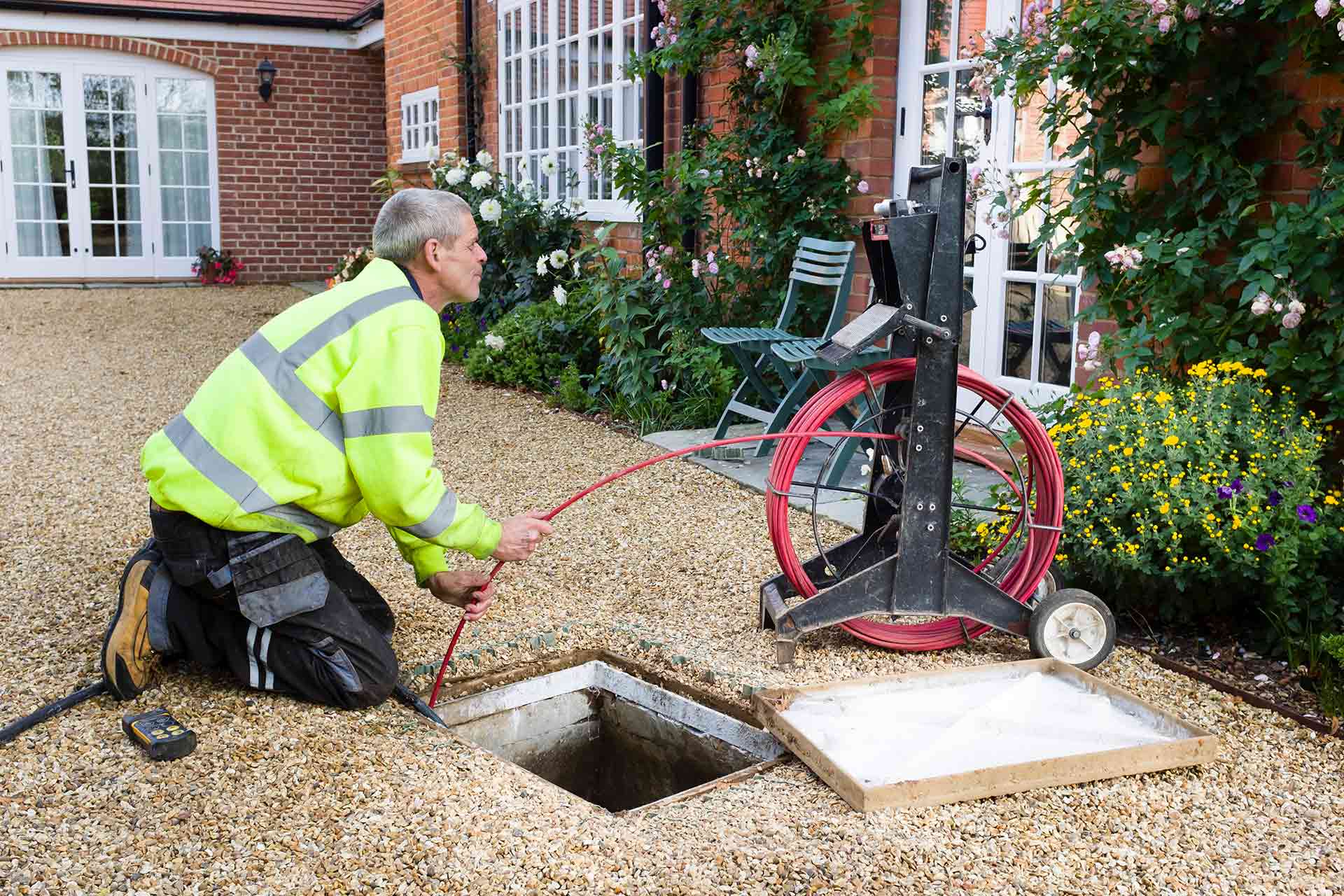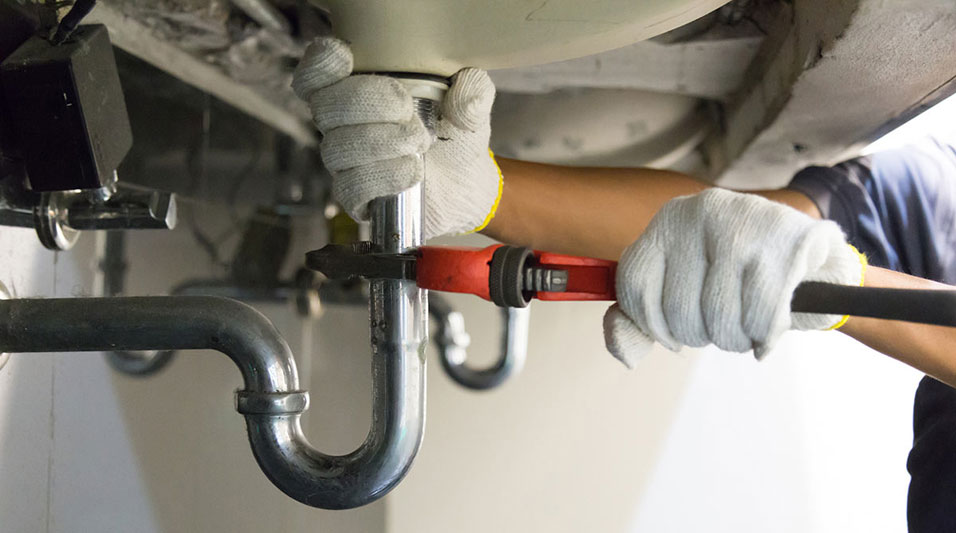Just about every person seems to have their own way of thinking about Tips for Dealing with Clogged Drains and Sewer Lines.

Introduction
Managing a blocked drain can be a frustrating experience, disrupting daily tasks and potentially causing damage to your building. Nonetheless, before reaching out to plumbing professionals, there are actions you can take to address the concern yourself. In this overview, we'll check out DIY remedies and preventive measures to deal with an obstructed drain effectively.
Determining the Concern
The primary step in addressing a blocked drainpipe is recognizing the indicators. Slow drain, gurgling audios, foul odors rising from drains, or water backing up are common signs of an obstructed drainpipe. Identifying these indications early can aid protect against further problems.
Selecting the Right Plumbing Service
When choosing a plumbing service, consider aspects such as experience, licensing, and client evaluations. Select a trustworthy plumber with a record of top quality craftsmanship and transparent rates practices.
Price Considerations
The cost of specialist drain cleaning company can differ depending upon the extent of the clog and the plumber's prices. Request quotes from numerous providers and ask about any type of additional charges to make sure transparency and stay clear of surprises.
Safety and security Precautions
When trying do it yourself drain cleaning, focus on safety. Put on protective handwear covers and glasses to avoid contact with harmful chemicals or germs. Never ever mix different drainpipe cleaning products, as this can create unsafe fumes.
Case Studies
Real-life examples show the performance of do it yourself remedies and the significance of timely specialist treatment in dealing with drain obstructions.
Typical Root Causes Of Blocked Drains
Comprehending the aspects that add to drain clogs is necessary for effective resolution. Common culprits consist of hair, soap scum, oil, food particles, and foreign things like sanitary products or paper towels. Tree roots invading below ground pipes can also create considerable obstructions.
Do it yourself Solutions
For small blockages, a number of DIY remedies can be reliable. Putting boiling water down the drain can assist dissolve grease and particles. Sodium bicarbonate and vinegar or a combination of salt and baking soft drink can function as natural cleaners. Making use of a bettor or pipes serpent to dislodge blockages is another choice.
Devices and Tools
Having the right tools handy can make DIY drain cleaning up extra efficient. A plunger is a flexible tool for removing clogs in sinks, commodes, and showers. A pipes snake or auger can reach deeper clogs, while drain cleaning chemicals can be used very carefully for stubborn blockages.
Preventive Measures
To prevent future blockages, adopting safety nets is essential. Install drain guards or filters to catch hair and debris prior to they get in the pipelines. On a regular basis flush drains with hot water to liquify grease build-up, and prevent taking care of grease or solid waste away.
When to Call an Expert
While do it yourself options can resolve small clogs, specific indicators suggest the need for specialist assistance. Consistent clogs, foul odors despite cleaning up efforts, or several drains pipes supporting at the same time are warnings that require experienced treatment.
Conclusion
By adhering to the suggestions described in this overview, you can successfully deal with obstructed drains and stop future pipes issues. Whether opting for DIY solutions or seeking expert support, timely action is key to keeping a healthy plumbing system and preserving the honesty of your home.
WHAT I LEARNED FROM TRYING TO DEAL WITH A CLOGGED DRAIN
We have had our share of seepages and other annoying things that are part of living, especially in an apartment complex. And if there’s one thing that’s terrifying for a homeowner—or even someone in a rented home—it is a clogged drain, indoors or outdoors.
We enjoy our living space, but it’s simply a fact of life that dead skin, soap and a host of other items go down the drain; eventually, the residue builds up and prevents anything from moving. Ugh.
Not Calling A Professional
Of course, it might seem simple to just whip the pipe off under the sink and see if you can unblock it. Unfortunately, what if the blockage isn’t there, or you don’t reconnect it properly? Worse, you might break a piece and have no drainage system. Can you imagine that scene? Yuck!
Not Watching Your Waste
This will sound d’uh, but the best tip I can give you for drain cleaning is to avoid clogging the drain in the first place! You can do this by monitoring what goes down the drain and catching the items which are most likely to give you a problem. Invariably hair, vegetable peels, and large wads of toilet paper are the most obvious culprits. Add a filter—these are available in hardware stores and can be removed and cleaned easily.
Poking The Drain
The first urge with a clogged drain is to poke at it with a stick or anything that resembles a stick. Sadly, this does not result in magically solving the issue. The mental image is, naturally, one of the stick just pushing through the offending item and all is well again. Reality is quite different and unpleasant and likely to lead to further problems.
The thing is, every drain has a series of bends that are not visible to us. Drains are built this way to prevent gases from entering the house. What happens when you poke a stick into the drain? Of course, it can’t bend around the corner. The more adventurous people will use force and end up wedging the stick or causing it to break off in the pipe—creating an even bigger issue. Worst thing? The stick will shift the block further down the pipe, creating the space for more to collect. Go ahead! Roll your eyes!
Using The Wrong Plunger
You know what they say: the right tool for the right job! Did you know there are different types of plungers besides the basic one we keep at home for an emergency? Yes, there are. For example, the toilet plunger has a bell-shaped bottom while the sink plunger is flat. This is an important difference and using the wrong plunger will be useless. There’s also a knack in using plungers—they must be placed in such a way that they create an airtight seal and then, moved slowly up and down—not as fast as we imagine.
https://vidyasury.com/2018/01/learned-trying-deal-clogged-drain.html

We had been shown that report on Tips for Dealing with Clogged Drains and Sewer Lines from an associate on another web property. Please take a moment to distribute this article if you enjoyed reading it. I appreciate your readership.
Set Up An Appointment